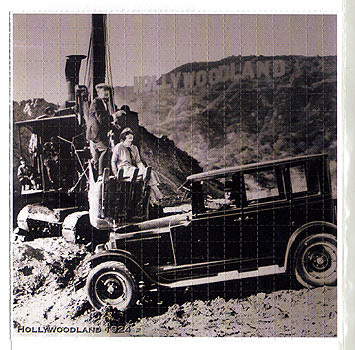Future projects:
The Soviet Sound of the Future - with Eduard Artemyev
In the 1970s Russian composer Eduard Artemyev wrote brooding synthetic soundtracks for some of the most influential Soviet films of modern times - Andrei Tarkovsky’s Solaris, Mirror and Stalker. His groundbreaking use of Soviet synthesizers helped define these and a host of other films, including films by Andrei Konchalovsky and Nikita Mikhailkov and mark him as one of the Father of Soviet Electronic Music. But he - and the methods and instruments he used - remain relatively unknown in the West.
The programme accompanies Eduard on a journey through time to investigate the strange history of experimental Russian electronic music, a history stretching right back to the early days of the revolution. We encounter a number of forgotten Soviet avant-garde electronic experimenters, far ahead of their Western counterparts in creating a range of innovative instruments, strange sonic devices and extraordinary machines running film strips and symmetrical patterns on paper discs to create ‘auto-music’.
Artemyev’s interest in electronic music began after his graduation from the classical conservatory in 1960 when the public use of electronic music in the Soviet Union was still in its infancy. In 1967 he wrote his first composition on one of the first modern synthesizers, the deeply strange ANS photo-electronic instrument which had been patented by Evgeny Murzin in 1957. The ANS had taken Murzin nearly 20 years to build. It was made using stolen electronic components and based on the mechanical orchestras, siren symphonies and electro-optical experiments of an earlier age.
We hear from members of the crew and cast of Tarkovsky’s collaborations with Artemyev- Solaris, Stalker and Mirror, explore the unusual working methods employed during the making of the films and hear the sound of the Soviet synthesizers used to create their signature soundtracks. Eduard is reunited with one of the two remaining ANS machines and we hear the tragic tales of the sonic innovators who preceded him..

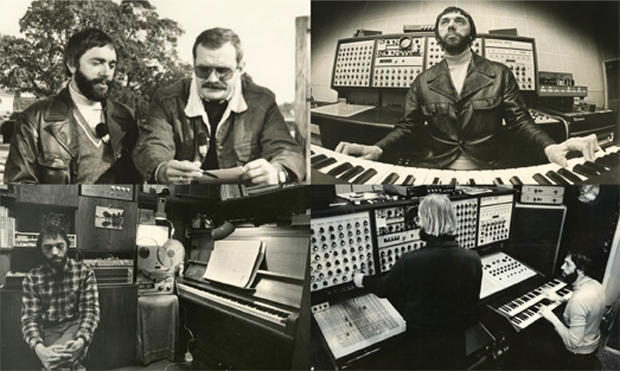
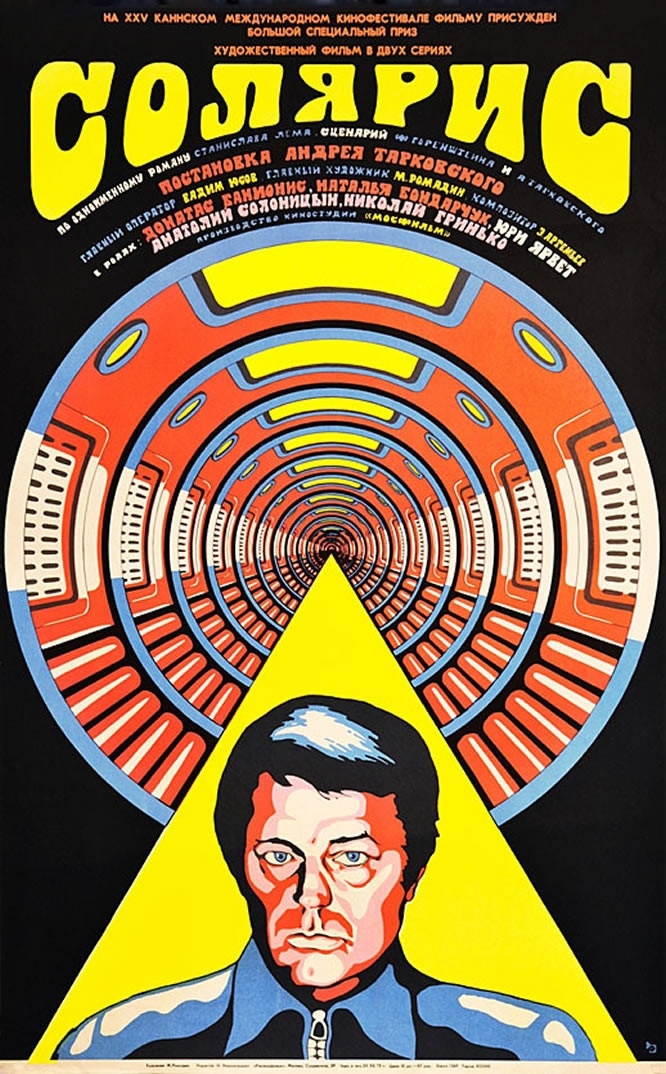
Exist to Resist: The Empathy Revolution Anarchy in the UK
Presenting Mattko Archive Preservation Project in association with Youth Club
“Protest was once seen as a democratic right that had to be catered for; now alongside a lot of other things, it has to be licensed and pre-approved as a condition of its existence. Laws have been passed using the pretext of terrorism to prohibit the activities that made the DIY protest culture of the 90s so successful in order to make that success impossible in future.
It’s this infringement on what was once seen as a democratic right that drives Matthew, who recalls an encounter with a police photographer at the fateful 2009 protest in London where Ian Tomlinson was unlawfully killed. “(He was) reloading his memory cards. He had a high-powered Nikon DSLR with a long lens, on the top of the camera he had a mobile phone mounted with its video running, to one side there was another video camera, on the other a flash. I was like, ‘Hello, that’s a nice bit of kit you have there. Tell me, what’s your brief when you come on a demo like this?’ ‘Faces,’ he replied, ‘The video camera is running all the time for use later, the mobile phone is used to text (message) video footage back to base so they can run it through our face recognition software so we can tell who is here, where they’ve been before and to identify any potential troublemakers or persons of interest to the police.’ On that occasion, I’d already had my photograph taken earlier by an officer stood on a rooftop who clearly targeted me as I was holding and using a DSLR myself. Unwanted witnesses are clearly a priority to identify.”
After shooting in city after city, across the U.K., Smith is combining his archives of rave and protest – it took three months of sifting through 50,000 images – into a magazine called Exist to Resist, published by YOUTH CLUB - and Handsome Dog has transposed this once more for exhibition. Smith is paying homage to Britain’s anarchic streak, setting it up once more as a source for inspiration.
“Exist to Resist is a reference to those who by their very existence and choice of lifestyle seemed to inherently reject the conformity demanded by the government... It is also an exhortation to inbuild lifestyle resistance in an equally diverse set of ways to the undermining of basic freedoms that the government of right now wishes to impose upon the population of this great country.”
This will be a photographic exhibition, in Moscow and St.Petersburg, to be held in the coming months.
https://www.kickstarter.com/projects/193212579/exist-to-resist-activism-history-and-having-it
https://www.youtube.com/watch?v=zkek9QQSx7s
http://www.konbini.com/us/inspiration/photography-rave-culture-activism-public-protest/
http://www.furfur.me/furfur/culture/culture/217099-matthew-smith
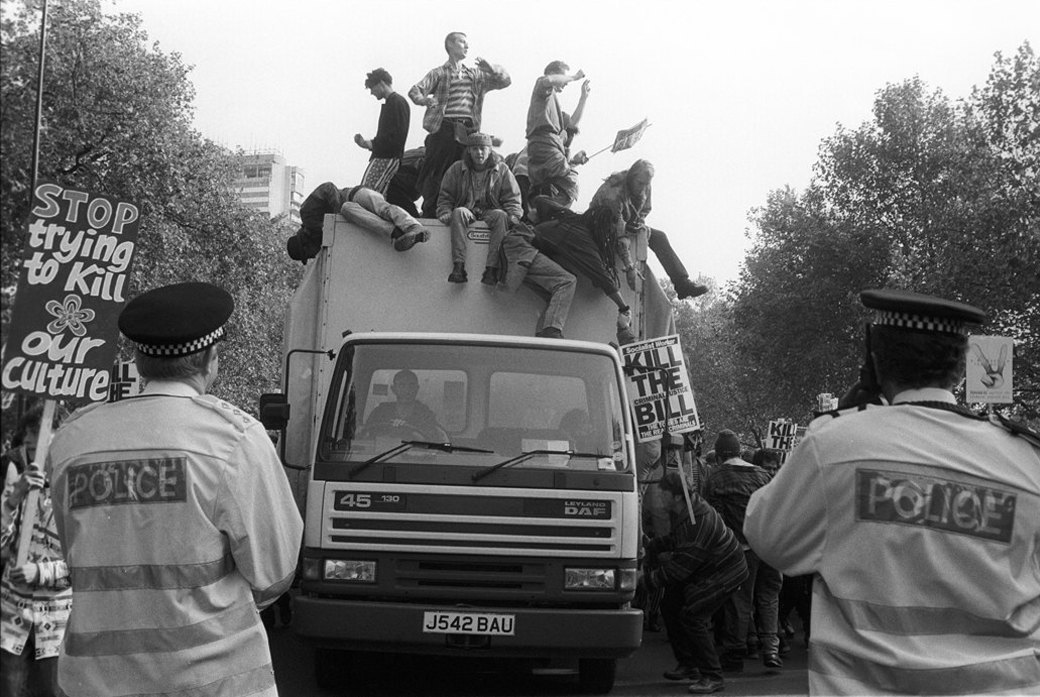
Pop Mekanika - Musical Ring comes to Liverpool: Perestroika of the Avant-Garde - A Portrait of Sergey Kuryokhin
In 1989, Liverpool city council invited the Russian avant-garde rock musician Sergey Kuryokhin to bring his Dadaist ensemble Pop Mekhanika from Leningrad to perform improvised shows with local musicians including Echo and the Bunnymen and the Christians. It was an attempt by a then very left wing council to highlight cultural parallels between two port cities with a history of anti-establishment artistic innovation.
But seven years later, Kuryokhin was dead - one of many talented and influential Russian musicians whose careers were cut short tragically young (in his case, by a rare heart condition). He left behind a truncated but glittering musical legacy. In the late 1970s, a generation had emerged in Leningrad who turned to creating radical avant-garde music as a protest against the system. Kuryokhin, a classically trained pianist, and Pop Mekhanika, a shifting line up of experimental, jazz and rock musicians were at the forefront of this new musical radicalism, creating an extraordinary soundtrack to an era of cultural upheaval
At the beginning of the 1990s, Kuryokhin became increasingly famous - particularly after a notorious TV show during which he ridiculed Lenin as a mushroom. But as the Soviet Union began to collapse, Kuryokhin, with several other members of the Leningrad punk and avant-garde scene, joined the new (and apparently right wing) National Bolshevik Party, alienating both old friends and his more recent Western liberal supporters. The film traces the life and times of this unique artist through the testimony of his wife and the people who knew him; people such as journalists Mark Ames, Artyemi Troistsky and Alex Kan along with old friends including artist Sergei Bugaev and Boris Grebenshchikov. Interviews with participants recall the Liverpool concerts and archive footage shows Kuryokhin at work and play in Leningrad during this extraordinary musical decade.
This is project is made in collaboration with Stephen Coates musician, and cultural archaeologist, present of X-Ray Audio
https://www.youtube.com/watch?v=XMCCYnDvpJQ
http://www.thevinylfactory.com/vinylfactoryfilms/xrayaudiosovietbootlegrecordsdocumentary/
https://xrayaudio.squarespace.com/contributors/
http://strangeattractor.co.uk/shoppe/xrayaudiobook/
http://www.xrayaudio.com/

The Great Beast in Russia: Aleister Crowley and the Ragged Rag-time Girls
In 1913 renowned occultist Aleister Crowley, the wickedest man in the world, travels from the Old Tivoli in London's West End to the Tivoli pleasure gardens of Moscow, with his troop of seven Ragged Rag-Time girls. One raving nymphomaniac, three dipsomaniac-nymphomaniacs and two hysterical prudes from the East-End of London join Crowley on a treacherous journey which takes them through Eastern Europe on the eve of the First World War.
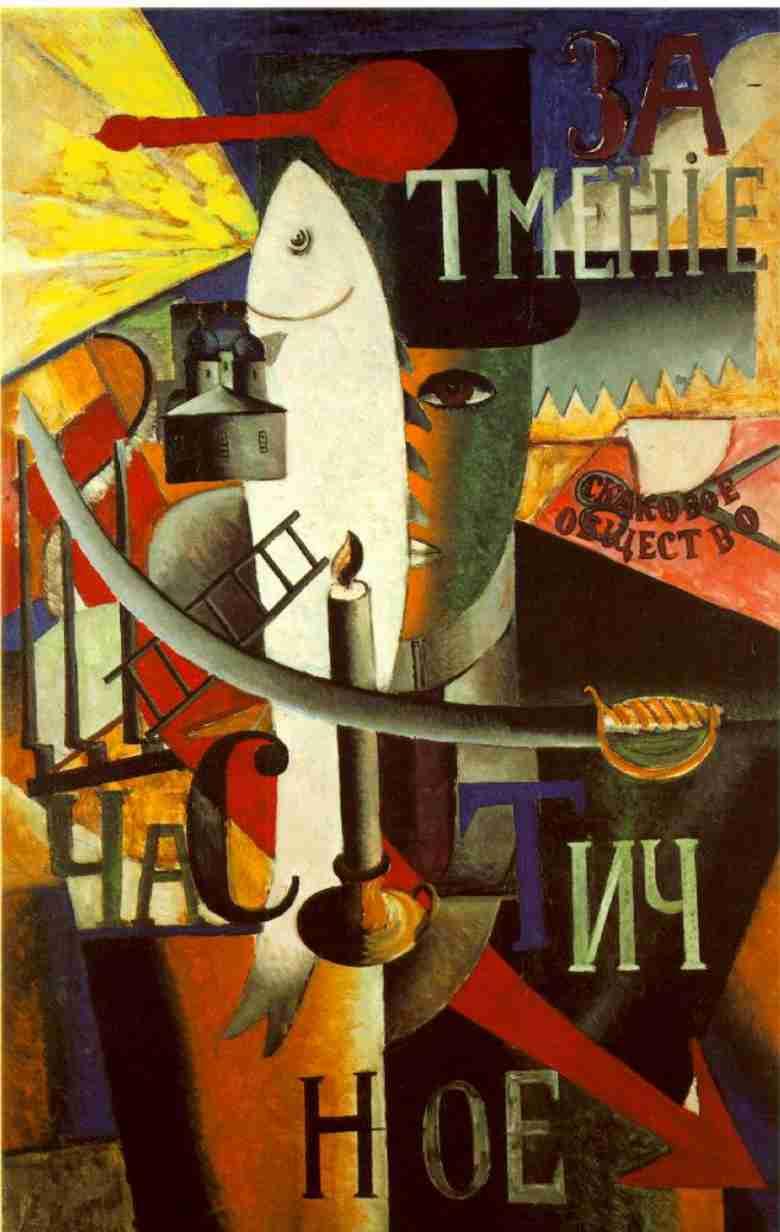
Hollywoodland
Poem written by Heathcote Williams; narration and visual montage by Alan Cox. Handsome Dog Productions, London/New York/Moscow
